Ralph Steadman’s idea of what a pumpkin ale label should look like…
Flying Dog The Fear Imperial Pumpkin Ale: Why is there only one time of year – as goblins, ghouls, and ghosts frolic on front lawns – when we embrace THE FEAR? At all other times, THE FEAR dominates us, controls us, and prevents us from greatness. What is there to THE FEAR? Disagreement? Criticism? Humiliation? Whatever THE FEAR is that consumes you, embrace it, along with this Imperial Pumpkin Ale. Only then will the true artist in you rise up. 9% ABV, 12 oz. bottles.
Deschutes the Abyss 2011: Brewed with Black Strap Molasses, licorice, with cherry bark and vanilla added with 6% aged in oak bourbon barrels, 11% aged in oak barrels, and 11% aged in oak wine barrels.
New Albanian Tunnel Vision Royal Wallonian Ale: Label reads…Those hardy immigrant gnomes who came from the venerable hills of the Ardennes to take up residence beneath the mysterious Knobs of Southern Indiana get lonely, too. That’s why NABC gave them Tunnel Vision, a potion reminiscent of home, and sufficiently versatile for consumption in all seasons – and on all continents.
Birra Artigianale da Tavola Bionda: What gets me about this label is that it is imported through Brooklyn Brewery Imports (yes, that Brooklyn Brewery). Just curious from a business perspective…does a brewery that imports equipment from say, Germany, have a license to import whatever else it wants including beer?
Weyerbacher Romeo: Next in Brewers Select Series. Head Brewer, Chris Wilson, mentioned a while back that they would consider bringing Juliet back to go with this beer but nothing certain.
Others…
Cathedral Square Forbidden Fruit Apple Ale
Frog Level Catcher in the Rye Ale
Frog Level Lily’s Cream Ale
Frog Level Tadpole Porter Ale
Ellicottville Oktoberfest Lager
Bottle Tree Belgian Style Blonde Ale
Stoudt’s Brrright Lager
Fegley’s Brew Works Knuckleball



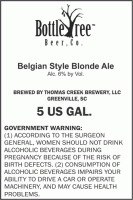
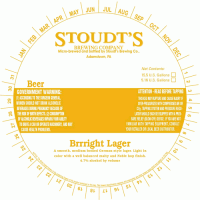
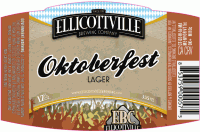
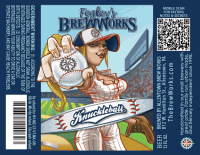
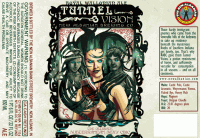
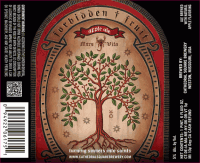
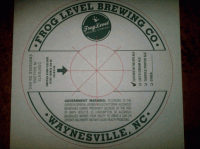
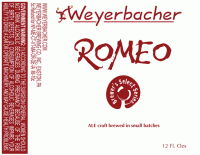
ABYSS, PLEASE.
My understanding of most liquor laws is that a brewery and an importer are essentially the same thing. So while a brewery in many states cannot also own a distributor or retailer, there is nothing saying they couldn’t own an importer, because that would be just like a brewery owning another brewery.
The way I read the TTB rules http://www.ttb.gov/itd/importing_alcohol.shtml a licensec brewery would still to get an Importer’s Basic Permit. Notice the COLA is listed under a different permit number NY-I-15625 (“I” for importer) than other Brooklyn brews which are under the “BR” numbers BR-NY-BRK-1 and BR-NY-BRK-2,
US brewers also importing beer has been pretty common- Liebmann (Rheingold) imported Tuborg in the 1960’s before it became a “brewed under license” beer from Carling, Pabst brought in Frustenberg in the ’70’s, Coors had the rights to bring in Stella Artois in the ’80’s, High Falls/Genesee is/was the importer for Steinlager, Toohey’s, Costa Rica’s Imperial etc., and A-B in past decades brought in Wurzburger (in bulk, bottling it in Newark) and, IIRC, Carlsberg and, of course, now has a separate division, “Import Brands Alliance”, for their A-B-InBev and other foreign brands.
Pretty sure both Stroh and Heileman also imported a number of foreign beers during their era in the Big Five/Six of US brewing industry, as well.
Thanks! Amazing that it is so easy for a brewer to get an import license but virtually impossible for some to get a wholesale license.
Pingback: News of the Beer World: IPA Day, Fast Food Beers and Amazing Beer Saving Catch | DC Beer - Washington DC, Beers in DC, Beer, Bars, Craft beer, homebrewing, happy hours, beer tastings
Pingback: Flying Dog The Fear Imperial Pumpkin Ale debuts this fall | Beernews.org